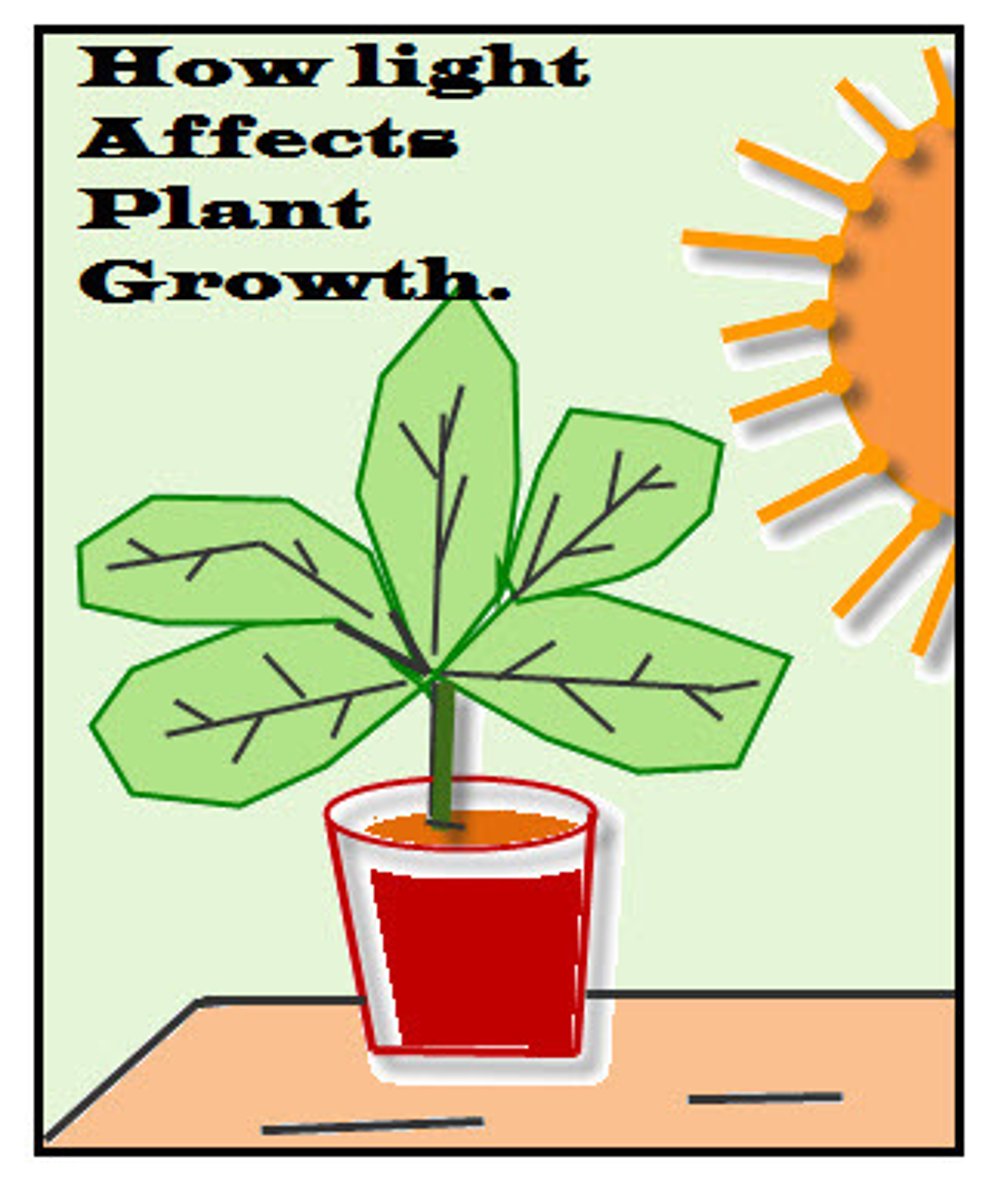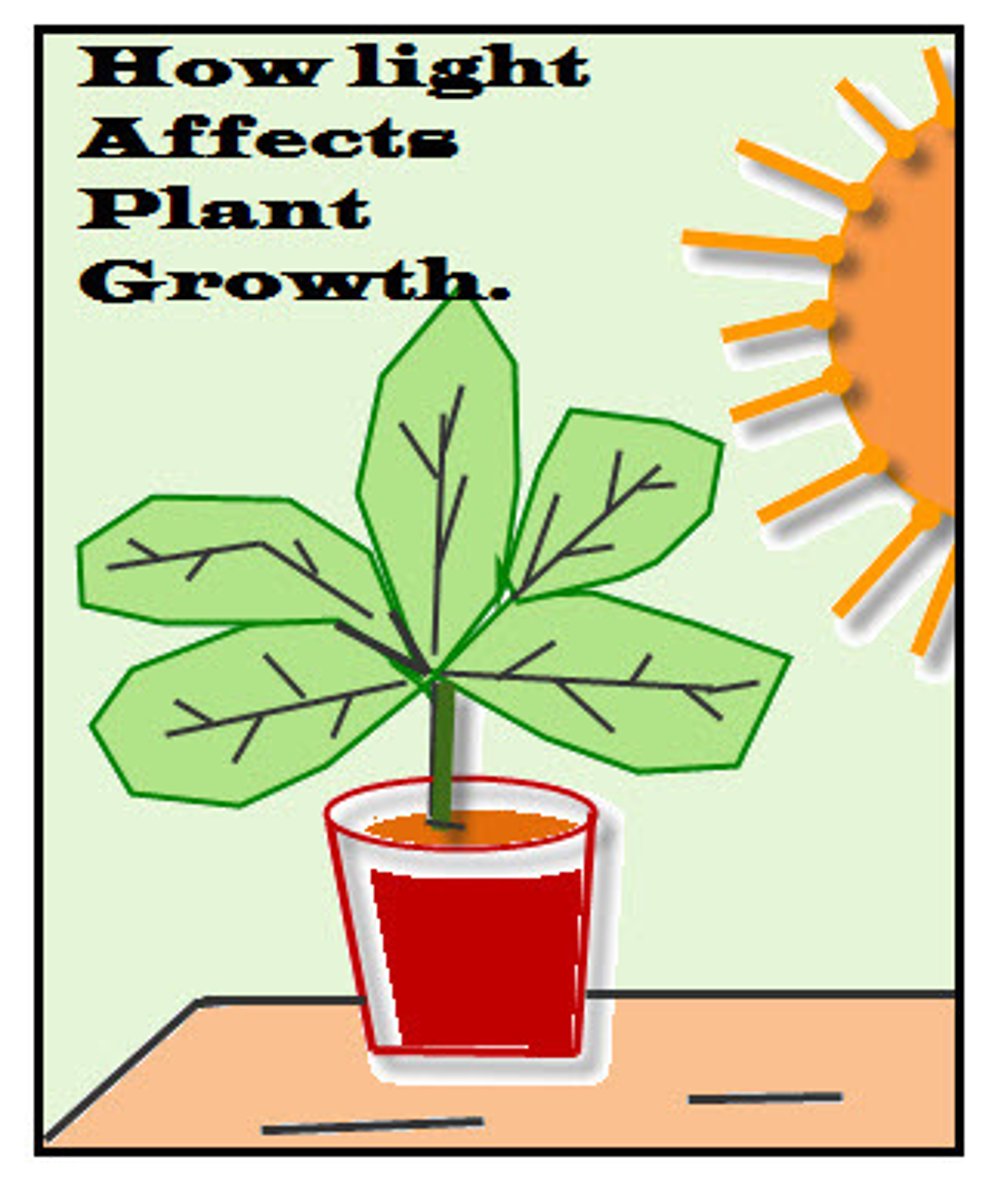Scientific Method
1/56
There's no tags or description
Looks like no tags are added yet.
Name | Mastery | Learn | Test | Matching | Spaced |
|---|
No study sessions yet.
57 Terms
A series of steps scientist use to answer questions and solve problems.
scientific method
Scientific method is a _________ that is used to find ________ to questions about the world around us.
process, answers
Scientific method consists of ______ steps and sometimes can be reduced to 5 steps.
seven
1st step of the scientific method before your hypothesis
state the question/problem
2nd step of the scientific method
gather information
3rd step of the scientific method
form a hypothesis
4th step of the scientific method
design an experiment
5th step of the scientific method
test the hypothesis
6th step of the scientific method
analyze the results
final step of the scientific method
draw a conclusion
The final decision you make after analyzing your data
draw conclusion
This must be done before experiment begins
make hypothesis
The step that follows testing your hypothesis
analyze results
The step where you can use your senses and instruments to make an observation.
gather information
The step where the scientist writes down a step-by-step procedure to answer the question.
design an experiment
The step when scientist create tables, charts and graphs to organize the data.
analyze results
Once a conclusion is made, scientists put together a ______ or _____ report.
written, oral
The method for finding out if our hypothesis is right or wrong
testing your hypothesis
Who? Why? How? When? Are questions that lead to a
hypothesis
An educated guess, in the form of an if...then statement, that tries to answer the question from the problem.
hypothesis
Most experiments a scientist performs
controlled experiments
A controlled experiment tests only ____ factor at a time.
one
Allows the scientist to change a variable.
experimental group
An experimental group allows the scientist to change a _______.
variable
A factor or feature in an experiment that changes
variable
The variable that the scientist changes
independent
Part of the experiment that is changed by the researcher to test the hypothesis
independent variable
The resulting change in the experimental group due to having the independent variable
dependent variable
Things that remain the same in an experiment
constant
A group similar to the experimental group, but not tested
control group
1) What is the independent variable?
2) What is the dependent variable?
3) What are the controlled variables?
1) sunlight
2) growth
3) temperature, humidity, container, soil

Experiment: Plant Growth in Sunlight
1) What is the problem (question)?
2) What is the hypothesis?
3) What is an observations
4) What is the conclusion?
1) Will sunlight light make a plant grow?
2) If a plant is put in near sunlight, then it will grow more.
3) Plants need sun to grow.
4) sunlight made the plant grow more.

Before you can form a hypothesis, you need to ____.
a. gather all available information on the problem
b. do some research
c. state the problem
d. do all of the above
D
In an experiment, the one factor that is being tested is the
a. variable
b. control
c. experiment.
d. data.
A
A conclusion may be stated
a. immediately after the problem has been identified.
b. after obtaining the results of an experiment.
c. only after an experiment has been run over and over
again to ensure accuracy.
d. after several qualified scientists agree.
B
If you were testing how well different laundry soaps cleaned your clothes, the variable would be the
a. clothes
b. water
c. washing machine
d. soap
D
What skill is a scientist using when she listens to the sounds that whales makes.
A) drawing conclusions
B) making observations
C) making a hypothesis
D) interpreting data
B
What is the correct order of the steps in the scientific method.
A) Ask questions, make a hypothesis, test the hypothesis, analyze results, draw conclusions, communicate results.
B) Make a hypothesis, test the hypothesis, analyze the results, ask a question, draw conclusions, communicate results.
C) Ask a question, analyze results, make a hypothesis, test the hypothesis, draw conclusions, communicate results.
D) Ask a question, make a hypothesis, test hypothesis, draw conclusions, analyze results, communicate results.
A
Which of the following is NOT a rule when writing a hypothesis?
A) It is an if/then statement
B) it should restate the question
C) It is a prediction.
D) It is testable
B
An experiment that tests only one factor at a time by using a comparison of a control group and an experimental group is?
A) an independent variable
B) a theory
C) a dependent variable
D) a controlled experiment
D
Which of the following hypotheses is written correctly?
A) If a tennis ball is frozen, it won't bounce as high as one that is not frozen.
B) If I heat up a tennis ball it will bounce high.
C) If I freeze a tennis ball, then it will not bounce as high.
D) Frozen tennis balls will not bounce as high.
C
The process of obtaining information by using the senses is called a/an
A) inquiry
B) conclusion
C) observation
D) scientific method
C
A series of steps designed to help you solve problems and answer questions
A) experiment
B) observation
C) scientific method
D) hypothesis
C
In an experiment, the one variable that is changed is called the
A) independent variable
B) controlled variable
C) dependent variable
D) experimental variable
A
In an experiment, the factor that we measure is called the
A) controlled variable
B) conclusion
C) dependent variable
D) independent variable
C
In science, an educated guess is called a/an
A) question
B) observation
C) conclusion
D) hypothesis
D
When you decide whether or not the data supports the original hypothesis, you are
A) drawing conclusions
B) making observations
C) asking questions
D) forming a hypothesis
A
When a scientist shares her findings with other scientists, she is
A) communicating results
B) analyzing data
C) making a hypothesis
D) experimenting
A
If you wanted to know volume of water in a bottle of soda, you would use
A) grams
B) kiloliters
C) milliliters
D) liters
D
If you wanted to measure the distance from here to Salt Lake City, you would use
A) meters
B) centimeters
C) millimeters
D) kilometers
D
Which unit of measure is NOT used in the International System of Units
A) inches
B) milliliters
C) centimeters
D) grams
A
In which step of the scientific method do we want to use graphs
A) make a hypothesis
B) asking questions
C) communicate results
D) analyze data
D
The final part; a summary of reasonable inferences is a/an
A) conclusion
B) question
C) controlled experiment
D) hypothesis
A
Which of the following is important when creating a graph in science.
A) labels
B) titles
C) neatness
D) all of these
D
An idea or conclusion made from observations and reasoning (hypothesis).
A) hypothesis
B) conclusion
C) inference
D) theory
C
Information gathered by using the SENSES or by using tools to measure (facts).
A) hypothesis
B) conclusion
C) observation
D) inference
C
The best graph to use if I want to compare the price of six different cars would be a
A) bar graph
B) pie graph
C) line graph
D) data table
A